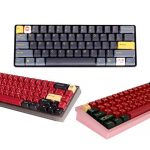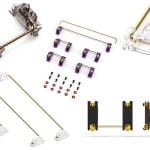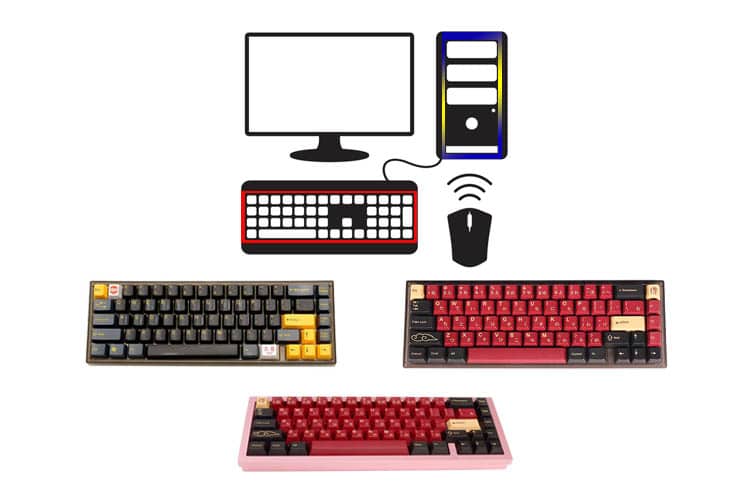
For most users, the most logical computer setup would be to only use a single keyboard. This makes sense since most computer software is designed for this kind of setup. However, some users have started tinkering with using multiple keyboards to unlock new possibilities.
It is certainly possible to simultaneously use multiple keyboards with a single device. Most modern computer OS can even accommodate up to 14 keyboards. In addition, you can use both wired and wireless keyboards simultaneously. However, some users may run into some issues since most computer software isn’t designed for this use case scenario.
Some of the possible use cases for multiple keyboard setups include reprogramming a secondary keyboard for macros and shortcuts, using a dedicated Numpad for small form factor keyboards, and many more. In this article, we will be exploring the idea of connecting multiple keyboards to a single device. We will expand upon the many possibilities and help users decide if having this kind of setup is worth their time.
Connecting Your Keyboard to Your Computer
Before we get started, let us first quickly recap the different kinds of keyboards connectors that are commonly used.
Wired Connectivity
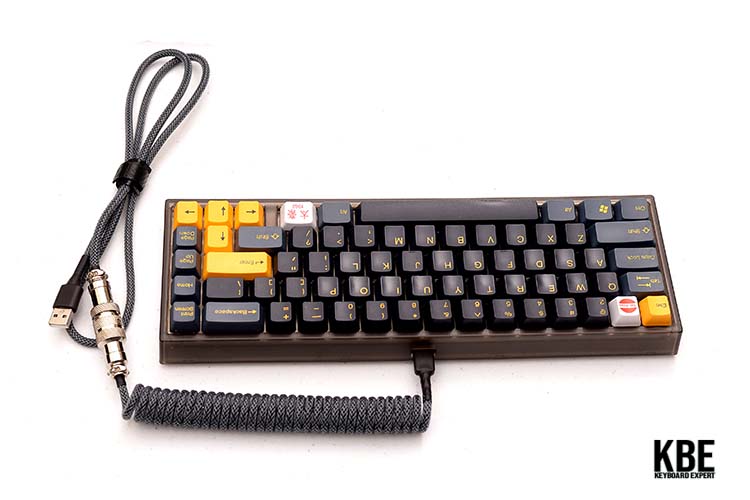
Keyboards have different types of wired connectors: such as the PS/2, which is a 6-pin mini-DIN for computer peripherals; the mini USB (a Mini-B 5pin) to connect mice and keyboards to smaller devices such as phones or tablets; and finally, the USB Type C/USB-C a 24-pin which is now the current standard for most devices. Older connectors such as the PS/2 and the mini USB mainly exist among vintage devices due to the ever-changing demand and standards in the industry.
A benefit to using wired connections would be the device’s latency, meaning that the data would be transferred faster than wireless connections. This is something that users such as FPS gamers often look out for due to the fast-paced environment. Wired devices also do not need to be charged or have their batteries replaced, which would benefit those needing a keyboard for long periods.
Wireless Connectivity (Bluetooth, 2.4 GHz, etc.)
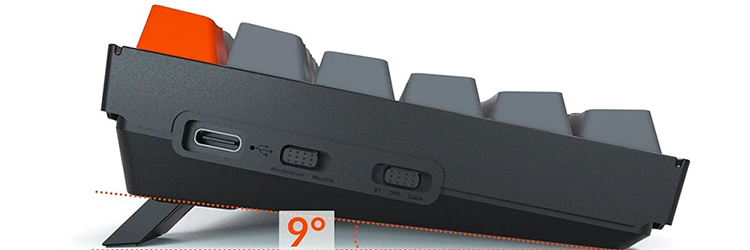
For wireless connectivity, you have the option of a 2.4 GHz connection or a Bluetooth connection. Bluetooth works using low-power radio waves and connects when the keyboard and the device are on the same frequency. Meanwhile, a 2.4 GHz connection needs a dongle to work but has a broader range as well as it operates on a higher frequency than Bluetooth.
A big pro for these connections is that if your device does not have a port for a connector, you can still use them. It can also be more comfortable since you can move some distance away and still be able to type compared to wired keyboards that are limited to the length of the connector and a lesser hassle for cable management since they are wireless.
It is inconvenient for some that wireless keyboards would need their batteries replaced or charged after being used for a while. Another would be that the device would disconnect if you moved farther than the range that the connection can handle.
Can Multiple Keyboards Be Connected To a Device?
Now that we know what kinds of keyboards can be connected to a device, let us finally get rid of the elephant in the room. Can two or more keyboards be used at the same time? The simple answer is yes.
In fact, connecting multiple keyboards to a computer is not as complicated as some might think. As long as the keyboards are utilizing a compatible connector, your computer’s OS will be able to recognize and distinguish your input devices. Simply plug them in and they’re good to go.
Wireless devices also act similarly. Your computer will be able to differentiate between a keyboard using a Bluetooth connection and another using a 2.4 GHz dongle. And the reason for this is because of the concept of device drivers.
Essentially, a device driver allows your device and your computer to interact with each other. A device driver will be installed whenever a new device is plugged in for the first time, and this allows the computer to differentiate that specific device from other keyboards.
Why Use Multiple Keyboards?
So now that we know that we can connect multiple keyboards, the next question is why? Why would anyone want to connect multiple keyboards at the same time? The answer to this question can easily become complex. But to put it simply, using two or more keyboards allows the user to extend the functionality of their keyboards. Here are some general use cases for multiple keyboards:
Using a Keyboard as a Macro Keyboard
Livestreaming has become incredibly popular in recent years. And to accommodate this market, manufacturers have created accessories such as the Elgato Stream Deck. Essentially, these device is used to execute shortcuts and user-defined macros. Macros are shortcuts or user-programmed functions that can execute commands typically not possible with regular devices.
However, many might not know that it is possible to create a DIY macro pad using a secondary keyboard. This approach isn’t as straightforward as using a dedicated macro device such as the Stream Deck. However, it is certainly doable.
Using External Numpad
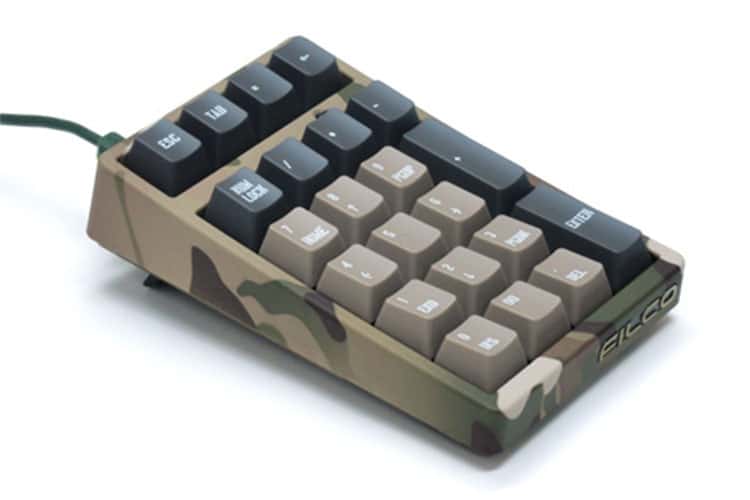
Another use case for a secondary keyboard is to add an external Numpad to your setup. Most small form factor keyboards, such as 60%, 65%, 75%, and TKL keyboards do not have a Numpad. This is done to create a keyboard with a smaller footprint.
However, some tasks require a Numpad. The good news is that there are external Numpads from brands such as Filco that can add back this functionality to small form factor keyboards. And once users are done using them, they can simply unplug them to make their setup look cleaner.
Is Using Multiple keyboards at Once a Good Idea?
Unfortunately, there is a catch with using multiple keyboards with one computer. While most computer operating systems like Windows recognize different keyboards, using them isn’t straightforward. Most computer operating systems are still designed to operate with only one keyboard.
Users may run into issues, including conflicting keybinds and errors when creating macros. Most issues must be identified and corrected by the user. And even then, it isn’t guaranteed that there won’t be additional bugs that users may discover down the road.
For users who want to use additional keyboards as a macro pad but are not willing to go through multiple steps to make sure their setup is optimized, we recommend getting a dedicated macro pad instead. But for adventurous and curious users interested in experimenting and pushing these concepts to the limit, we recommend giving this one a go, especially if you already have multiple keyboards.
Stephen is the head content creator of Keyboardsexpert. His mechanical keyboard journey began in 2014 when he got his Razer Blackwidow. Since then, he has been fascinated with all things mechanical keyboard-related. He later discovered the custom keyboard hobby and fell in love with the vast customization options. He is currently searching for his endgame and is very excited to share his journey and educate other keyboard enthusiasts.

